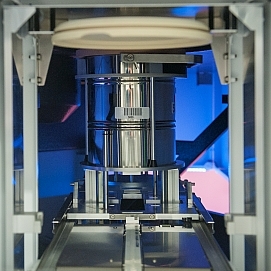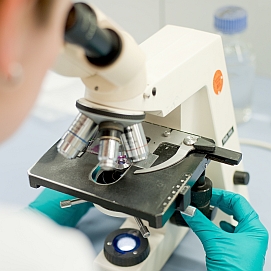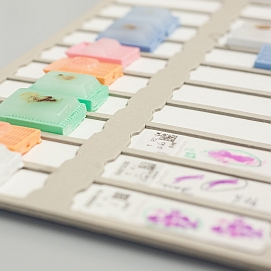Welcome to Mye-InfoBank
Myeloid immune cells are important mediators in the pathology of many diseases, especially in diseases associated with chronic inflammation (DACI). Recent advancements in molecular profiling technologies have led to the generation of large data sets, many of those not fully explored yet, but accessible to the entire scientific community via public data repositories. It is the aim of this COST Action to repurpose those data sets, retrieve and curate myeloid cell-specific information, and apply this information to develop novel biomarkers for DACI.
To this end, Mye-InfoBank utilises COST networking tools to enable the interaction of molecular biologists, bioinformaticians, immunobiologists, biobank coordinators and clinicians. The concerted activity of these experts on myeloid cell biology (either basic or clinical research) MYE, bioinformatics INFO, and bio-banking BANK, transforms complex molecular information into standardised and applicable biomarkers, which have the potential to improve clinical decision making in a number of socio-economically important diseases.
Working Groups (WG)

WG 1 Mye-Matrix
In order to build the Mye-Matrix data framework, publicly available databases are mined for single cell and population level transcriptome data sets related to myeloid cells and DACIs. Data and meta data are extracted, quality controlled, expertly curated and organised in a user-friendly database to allow easier access to the available landscape of data by the broader research community. Use of algorithms such as NicheNet or regulatory network analysis on single cell data sets are used in order to identify potential cellular interactions between myeloid cells and lymphocytic immune cell subsets with potential relevance in DACI. In a second step, transcriptomic data sets are then linked to existing literature, mined by advanced text mining approaches from public databases.
Photo: © German Biobank Node

WG 2 Mye-SOP
WG 2 focuses on the validation and standardisation of existing myeloid-related biomarkers. These biomarkers are extracted from literature mining utilising the expertise of Action members also active in WG 1. Those candidates are thus mostly derived from wet lab experiments, but (i) have not yet been properly validated due to a lack of adequate tools for their detection, or (ii) have only been validated in one or a limited number of diseases. Hence, in the first instance WG 2 is establishing the standard operating procedures (SOPs) for the evaluation of existing biomarkers, and, as WG 1 gradually makes progress, intensifies its interaction with WG 1 to explore additional novel biomarkers. WG 2 finally tests the principal applicability of these signatures and markers on real-life clinical samples and, for this purpose, collaborates with WG 3.
Photo: © German Biobank Node

WG 3 Mye-Disease
The first main task of WG 3 is to provide clinical expertise and high-standard clinical samples from patients with DACI for the testing of myeloid cell-associated biomarkers. The second main task of this WG is the further enrichment of current biobank catalogues with searchable information on immunobiological features of archived biosamples.
Photo: © German Biobank Node

WG 4 Mye-Dialogue
The task of WG 4 is to coordinate and execute the communication, dissemination and outreach activities as well as identifying cross-sectional topics that require the participation of WG 1 - WG 3. To this end, WG 4 will execute “classical” dissemination strategies and channels (see below) to contact stakeholders, disseminate Action outcomes, and engage with the general public. In addition, WG 4 organises in-person workshops and virtual meetings to engage specifically with selected stakeholder groups in order to facilitate strong interaction on both research and development.
Photo: © German Biobank Node
COST (European Cooperation in Science and Technology)
Latest News
Random Action Facts
36
Participating Countries
200+
WG Members
100+
Collaborative Institutions
06.10.21
Date of Start






